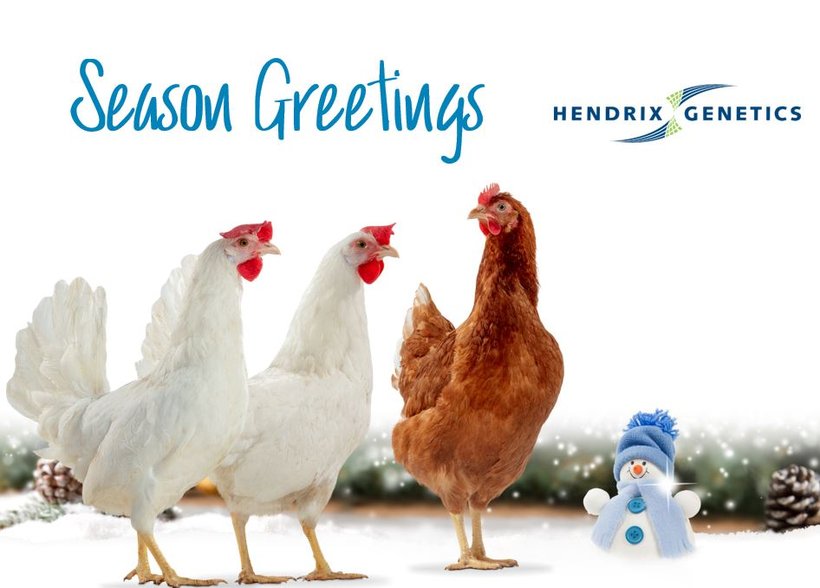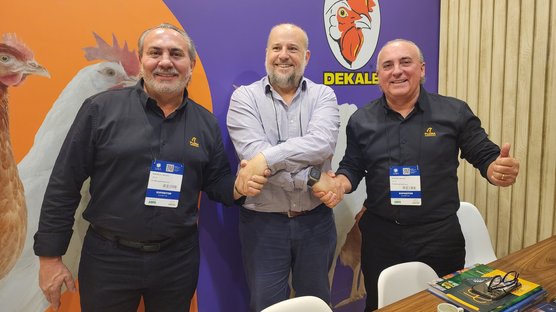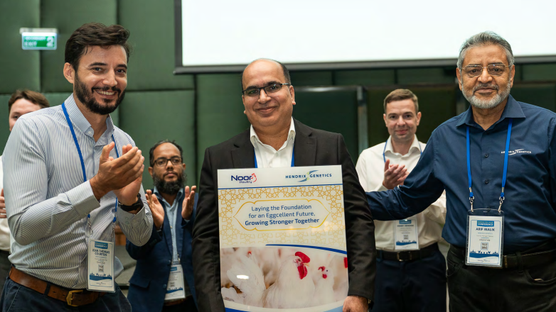
Published on Dec. 20, 2023
2023 Season greetings
As we approach the end of 2023, it's time to reflect on the past 12 months and look ahead. This year has brought unprecedented challenges, including high inflation, an unstable financial climate, the global spread of Avian Influenza, increasing conflicts, climate change, and volatile egg markets. Despite these challenges, most markets have seen improved egg prices compared to 2022, although significant variations exist between regions.
For example, the European egg market is undergoing rapid changes. While there hasn't been an official announcement from the European Parliament regarding the ban on (enriched) cages, we observe a growing trend among egg producers shifting away from cages. This shift has resulted in favorable egg prices for those who remain active in producing enriched cage eggs. Another notable development is the increasing number of countries introducing legislation on the culling of day-old layer males, ranging from a total ban to allowing sensible use, recognizing their importance as a feed source in other sectors. More on this theme will be published in our upcoming Layer Vision magazine.
As a sector, we can take pride in the dedication and hard work of everyone in the egg industry. It is the collective efforts of all stakeholders that ensure the availability of affordable and sustainable animal protein every day. Despite the changing markets, we must continue to innovate, improve our carbon footprint, reconsider our views on animal welfare, and influence breeding goals collaboratively. By working together, we can uphold the leading position of eggs as one of the most sustainable forms of animal protein. It's crucial to focus on the health, well-being, and robustness of the laying hens, as they, in turn, take care of our sector.
Genetic progress is an ongoing process; laying hen breeds evolve over time to meet the expectations of stakeholders and society. It's remarkable to think that today's laying hens can produce over 500 eggs in a single 100-week cycle, a far cry from the expectations in the sixties. The best flock so far has even achieved to produce 581 eggs per hen housed in just 111 weeks. We are also pleased to reveal that once more the Hendrix Genetics breeds have taken leading positions in recently completed independent random sample tests, and you can learn more about the results in the upcoming Layer Vision.



